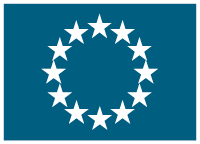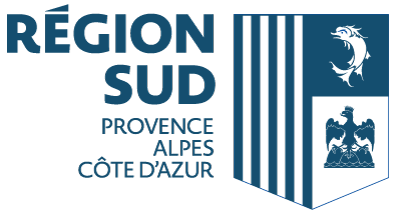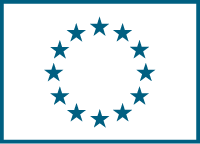Enforcement of T-cell quiescence by Schlafen2
(Slfn Of T-cells)
Date du début: 1 janv. 2013,
Date de fin: 31 déc. 2016
PROJET
TERMINÉ
The immune system maintains a vast repertoire of lymphocytes waiting to respond to microbial invasion. These cells are kept in a quiescent state, characterized by arrest in G0 and a decrease in cell size and metabolic activity, until they are activated. Not long ago, quiescence was considered equivalent to “absence of activation”, namely a default state of the cell. Recently our discovery of a chemically induced mutation, elektra, enabled us to illustrate what happens when quiescence fails. Elektra mice showed an abnormally high frequency of T-cells in a semi-activated state and suffered from immunodeficiency. We ascribed the elektra phenotype to a mutation in Slfn2, a gene of previously unknown function, and concluded that SLFN2 plays an essential role in immune defense, where it operates to maintain quiescence in T-cells and monocytes. Moreover, our results demonstrate that quiescence programming must be actively maintained. However, lymphocyte quiescence is still poorly understood and the mechanism by which SLFN2 maintains it is also unknown. We now propose to use molecular approaches combined with unbiased forward genetic screening to elucidate mechanisms by which SLFN2 enforces T-cell quiescence. Specifically, we will: 1) identify SLFN2 binding partners and investigate the nature of the interactions; 2) elucidate key molecular processes in T-cells regulated by SLFN2 by a forward genetic screen. These findings will likely have relevance to other immune cell populations which are not T-cells and may also clarify the function of other members of the SLFN family. The identification of lymphocyte quiescence maintaining factors will integrate to understand how the immune system is able to defend the host while maintaining self tolerance and therefore have the potential to be exploited for therapeutic purposes in immune disorders, either by enhancing specific anti-pathogen/tumor immune responses or by suppressing overactive, self-directed responses.
Accédez au prémier réseau pour la cooperation européenne
Se connecter
ou
Créer un compte
Pour accéder à toutes les informations disponibles
Coordinateur
THE HEBREW UNIVERSITY OF JERUSALEM
€ 100 000,00- Hani Ben Yehuda
- GIVAT RAM CAMPUS 91904 JERUSALEM (Israel)
Details
- 100% € 100 000,00
-
 FP7-PEOPLE
FP7-PEOPLE
- Projet sur CORDIS platform



